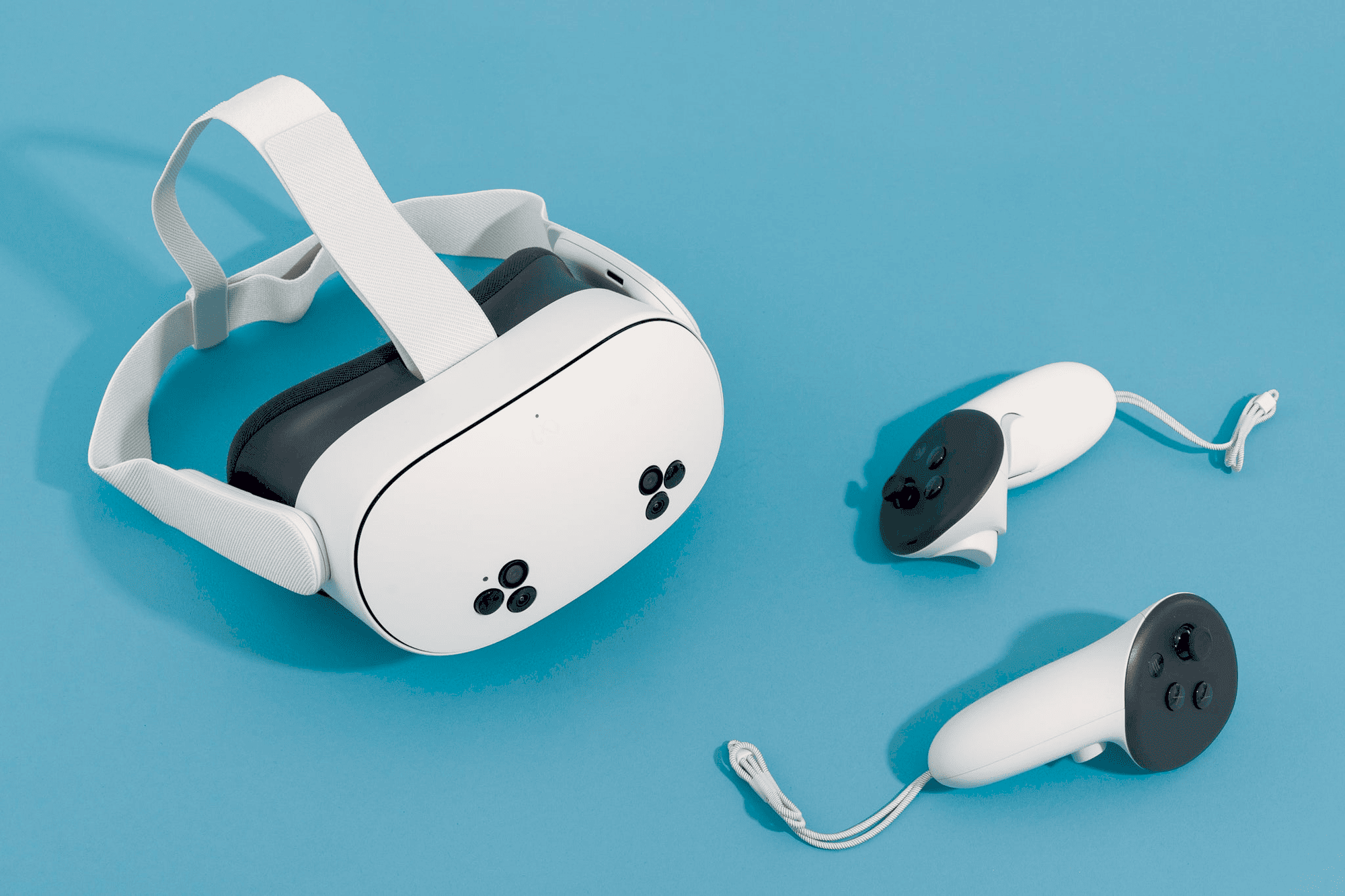Virtual reality has revolutionized real estate, allowing buyers to explore properties safely during the pandemic. Buyer feedback highlights convenience and enhanced visualization, although some limitations exist compared to physical viewings. The future of VR in real estate appears promising, with ongoing advancements expected to further improve the home-buying experience.
Introduction to Virtual Reality in Real Estate: Understanding the Basics
Virtual reality in real estate has transformed the way properties are showcased and viewed. This technology allows potential buyers to immerse themselves in a digital environment, exploring homes from the comfort of their own space. With VR technology for property viewing, buyers can experience a property as if they were physically present, without the need for in-person visits.
VR creates a three-dimensional space where users can navigate through rooms, examine details, and visualize how their furniture might fit. The technology involves specialized headsets and software that render realistic environments, offering a unique perspective on properties. This method has become increasingly vital during the pandemic, where traditional viewings faced restrictions.
In summary, understanding how virtual reality works in real estate enables buyers to appreciate its innovative approach to property viewing, particularly in challenging times.
Benefits of VR for Home Buyers During the Pandemic: A Game Changer
The benefits of VR for home buyers during the pandemic are substantial. First, VR allows buyers to tour properties without the risks associated with physical visits. This safety aspect has become a game changer, as it enables buyers to explore multiple listings in a short amount of time while adhering to health guidelines.
Some key advantages include:
- Convenience: Buyers can view homes at their own pace, eliminating the need for scheduling multiple in-person tours.
- Wider Selection: Virtual reality opens doors to properties that may be far away or hard to access.
- Enhanced Visualization: Buyers can visualize spaces better with VR, understanding room sizes and layouts more effectively than through photos alone.
Overall, the use of VR technology for property viewing has fundamentally changed the home-buying experience, providing a safe and efficient alternative during the pandemic.
How VR Can Aid Real Estate Sales During COVID-19: Strategies for Success
VR can significantly aid real estate sales during COVID-19 through various strategic implementations. One effective strategy is utilizing VR tours as a primary marketing tool. By integrating VR into their listings, real estate agents can attract more potential buyers, even those who might be hesitant to visit in person.
Some successful approaches include:
- Virtual Open Houses: Hosting live VR tours allows agents to engage with multiple buyers simultaneously, showcasing properties in real-time.
- High-Quality Visuals: Investing in high-quality VR content can enhance the viewing experience, making properties more appealing.
- Data Analytics: Utilizing analytics from VR viewings can help agents understand buyer preferences and adjust marketing strategies accordingly.
In conclusion, leveraging VR technology not only helps real estate sales during the pandemic but also positions agents to adapt to future market changes effectively.
Limitations of VR Tours vs Physical Viewings: What You Need to Know
While virtual reality (VR) technology for property viewing offers numerous benefits, it also comes with limitations compared to physical viewings. Understanding these constraints is essential for potential buyers and agents alike.
Firstly, VR lacks the tactile experience that physical viewings provide. Buyers cannot touch, feel, or smell the property, which can significantly influence their decision. For instance, the texture of walls, the warmth of sunlight through windows, or even the smell of fresh paint are all sensory experiences that VR cannot replicate.
Moreover, VR tours may not accurately capture the scale and dimensions of spaces. A room might appear spacious in a VR tour but feel cramped in reality. This discrepancy can lead to disappointment and wasted time for both buyers and sellers.
Additionally, technical issues can arise with VR. Not every buyer has access to the required technology or internet bandwidth, limiting the reach of VR tours. Some individuals may also experience discomfort or motion sickness while using VR headsets, which can deter them from engaging with the technology.
In summary, while VR offers innovative ways to view properties, it cannot replace the comprehensive experience of physical viewings. Buyers should consider these limitations when utilizing VR technology.
Technologies Behind VR Tours: What Makes It Possible?
Virtual reality in real estate relies on several advanced technologies that make immersive property viewing possible. At its core, VR technology combines 3D modeling, computer graphics, and interactive software to create lifelike simulations.
Key technologies involved include:
- 3D Scanning: This technology captures the dimensions and details of a property, creating a digital replica that users can navigate.
- Virtual Reality Headsets: Devices like Oculus Rift or HTC Vive immerse users in a 360-degree environment, allowing them to explore properties as if they were physically present.
- Software Platforms: Applications such as Matterport or Zillow 3D Home facilitate the creation and sharing of VR tours, making it accessible for both agents and buyers.
Furthermore, advancements in mobile technology enable users to experience VR tours on smartphones, broadening accessibility. The integration of augmented reality (AR) also enhances the experience by allowing users to visualize how their furniture fits into a space.
In essence, the combination of these technologies not only makes VR tours possible but also enriches the home-buying experience, providing a unique perspective that traditional methods cannot.
Successful Examples of VR in Real Estate During Pandemic: Case Studies
Numerous real estate agencies successfully implemented VR during the pandemic, showcasing the effectiveness of this technology. One notable example is a leading real estate firm that utilized VR to conduct virtual open houses, attracting a diverse audience of potential buyers.
Case studies reveal:
- Agency A: They reported a 30% increase in inquiries after integrating VR tours into their listings. This approach allowed them to reach buyers who were hesitant to visit properties in person.
- Agency B: They successfully sold several high-end properties without any physical viewings. Buyers relied entirely on the immersive VR experience to make their decisions.
These examples demonstrate the potential of VR technology for property viewing, highlighting its ability to adapt to challenging circumstances while meeting buyer demands. By leveraging VR, real estate professionals can enhance their marketing strategies and ensure continued sales during uncertain times.
Buyer Feedback on Using VR for House Tours: Real Experiences
Buyer feedback on using VR for house tours reveals insightful experiences that highlight the advantages and challenges of this technology. Many users appreciate the convenience and safety that VR offers, especially during the pandemic. One buyer remarked, “I was able to explore multiple properties without stepping outside my home, which was a relief during such uncertain times.” This sentiment resonates with many who found traditional home viewings daunting due to health concerns.
Additionally, buyers have noted the enhanced visualization that VR provides. They can see how a space looks in 3D, which helps in making informed decisions. For example, one user mentioned, “Seeing the layout in VR allowed me to understand how my furniture would fit much better than photos ever could.” This feedback underscores the effectiveness of VR in delivering a more immersive experience than static images.
However, not all feedback has been overwhelmingly positive. Some buyers have expressed concerns about the limitations of VR tours. A common issue is the inability to physically inspect details such as finishes or odors. One buyer shared, “While VR was great, I missed being able to feel the space in person; it’s hard to get a true sense of a home without that tactile experience.” This feedback emphasizes the importance of balancing VR with traditional viewings for a complete understanding of properties.
In summary, buyer feedback on VR for house tours highlights both the innovative advantages and the inherent limitations of the technology. While many appreciate the convenience and enhanced visualization, the lack of physical interaction remains a significant factor in the home-buying process.
Conclusion: The Future of Virtual Reality in Real Estate
The future of virtual reality in real estate is promising, driven by its ability to adapt to changing market conditions. As the pandemic has accelerated the adoption of VR technology, it is likely to remain a vital tool in the industry. Real estate agents and buyers alike have recognized the benefits of VR for property viewing, such as safety, convenience, and enhanced visualization.
Moving forward, the integration of VR with other technologies, like augmented reality, may further enhance the home-buying experience. For instance, buyers could use AR to visualize furniture in a space while experiencing a VR tour. This seamless blend of technologies could revolutionize how homes are marketed and sold.
Moreover, as technology advances, VR experiences are expected to become even more immersive and accessible. Increased availability of affordable VR headsets and improved internet connectivity will enable more buyers to engage with this innovative tool. Thus, the future of virtual reality in real estate looks bright, with potential to transform the home-buying journey significantly.





